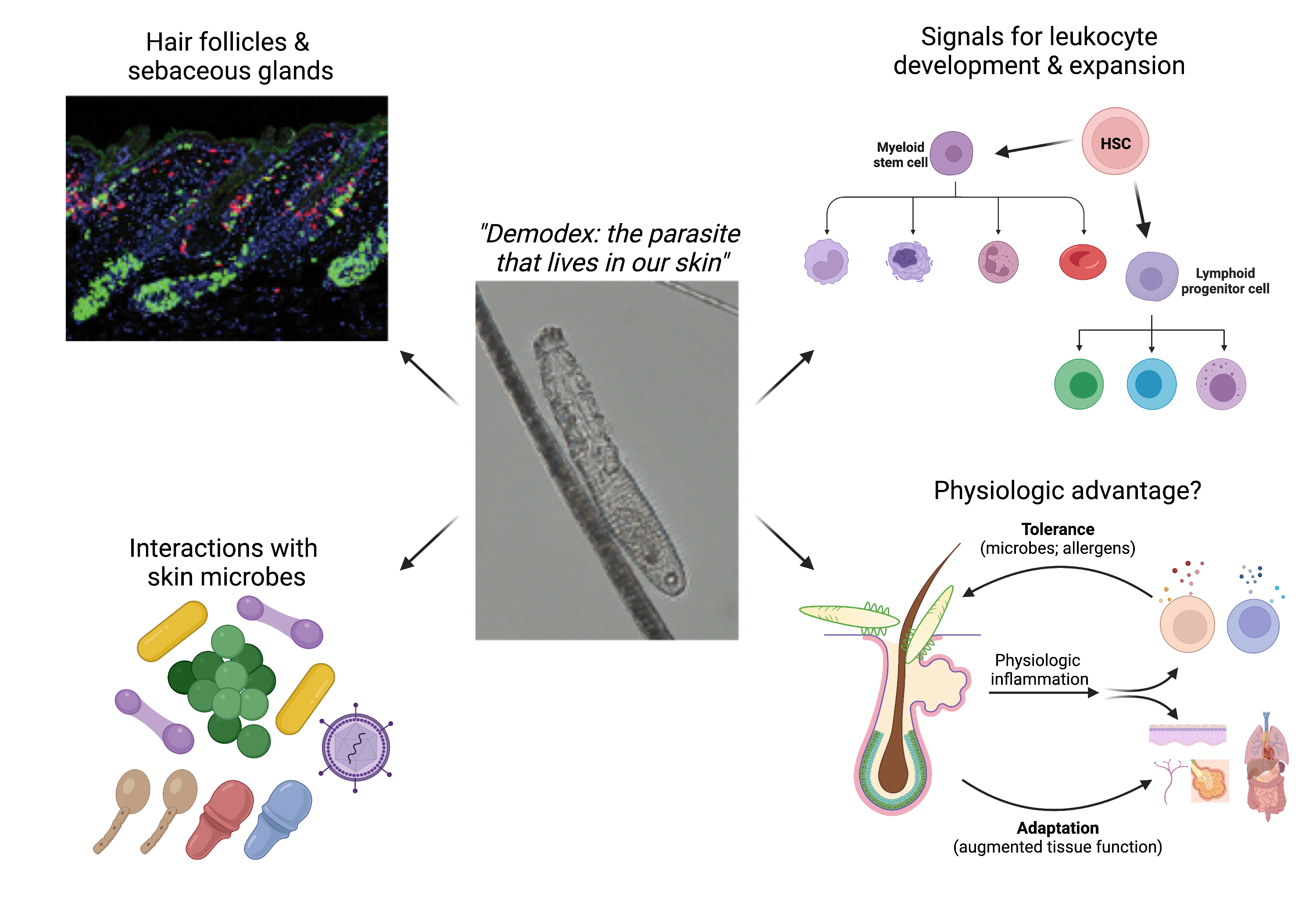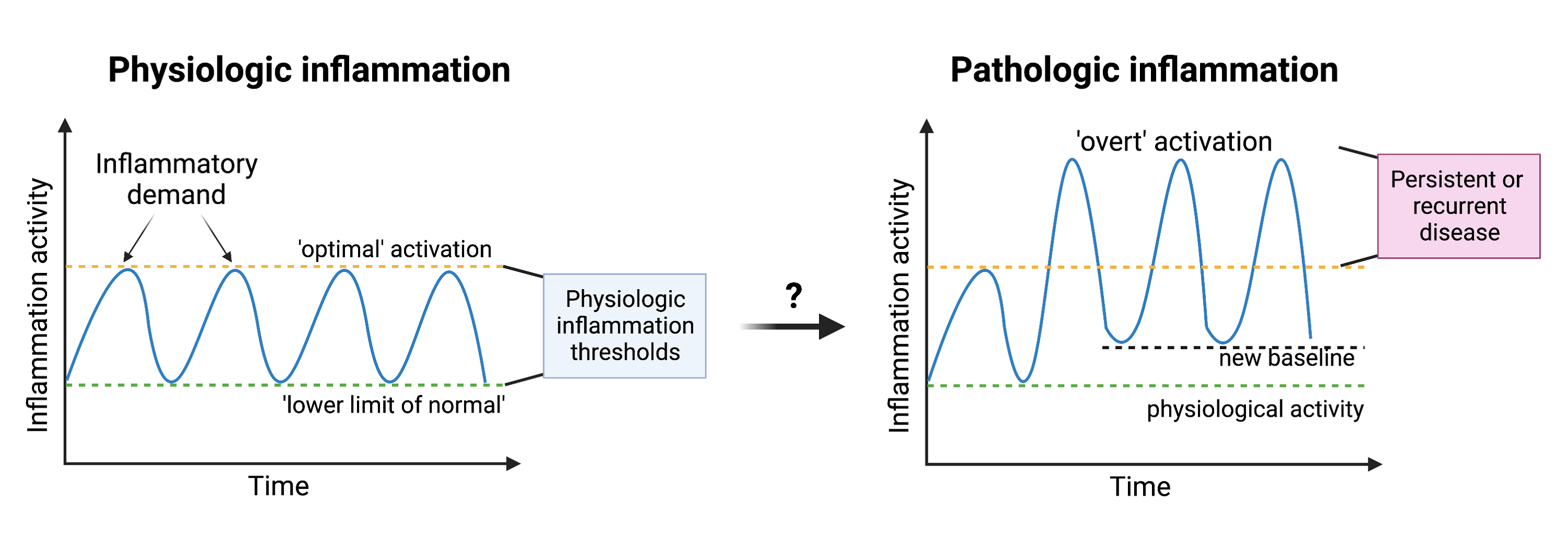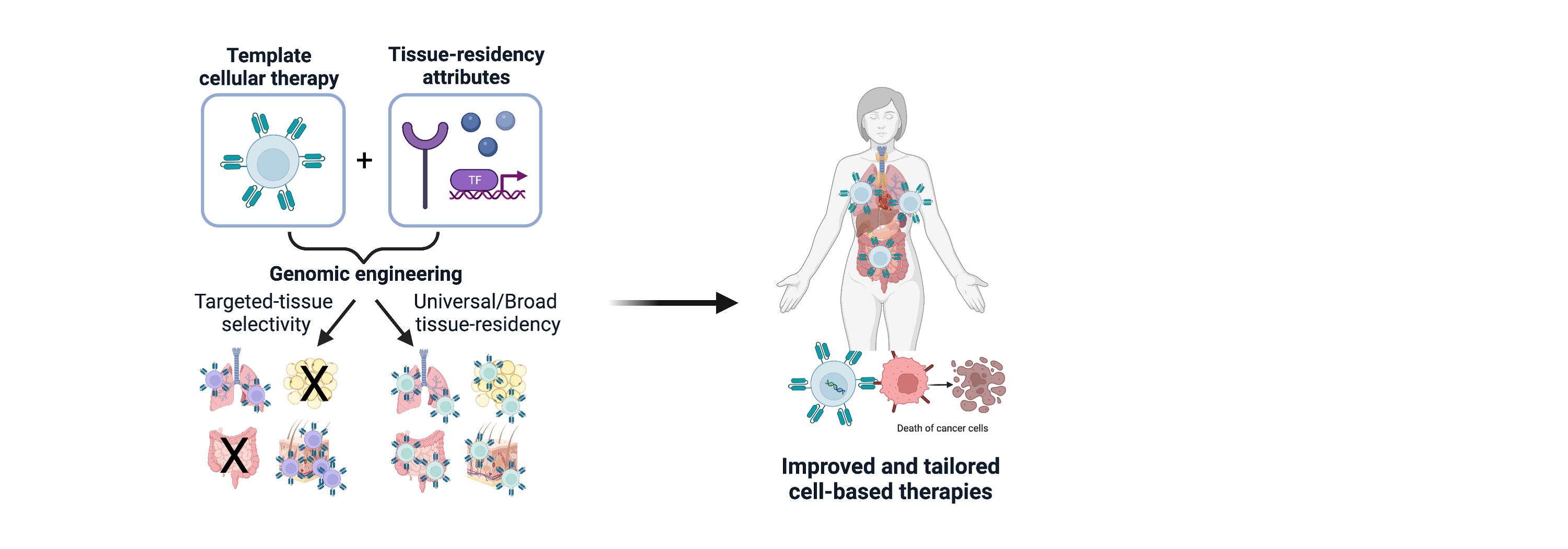
Using Demodex as a model to understand skin microbial ecology and physiology
We discovered that type 2 immunodeficient mice in our colony develop skin pathology due to infestation with Demodex, a hair follicle mite. Using co-housing of type 2 immunodeficient mice infested with Demodex, in combination with additional mouse genetic models, we discovered a crucial role for skin ILC2s and type 2 cytokines in controlling normal commensalism of the mammalian hair follicle by this ubiquitous ectoparasite. Based on these foundational studies, Demodex is an exceptional model for understanding allergies and the control of eukaryotic commensals in the skin. Therefore, we are using Demodex as a new model to:
- explore host-parasite interactions that influence (and are influenced by) commensal microbes in the cutaneous niche.
- investigate if the presence of this parasite in its commensal role can promote tolerance to other classical allergens.
- understand systemic immune effects of type 2 inflammation in the skin.

Understanding boundaries of immunity: from physiologic to pathologic inflammation
Inflammatory mediators, when present in excess, play into the pathogenesis of chronic inflammatory skin diseases. These discoveries have led to the development of effective biological and immune-modulating therapies. However, it is not fully understood how waves of inflammation, either by increased amplitude or frequency, alter the tissue such that it has a high propensity to develop recurrent, chronic bouts of active disease. We seek to understand how cytokines change the “tissue niche” short- and long-term, thus resetting thresholds for disease activity. A better understanding of how immune cells and their effector molecules modify the niche could lead to new therapies that target the spectrum of changes that lead to disease persistence.

Harnessing tissue-resident leukocyte biology to improve cellular therapeutics
Cell-based immunotherapies have revolutionized how we treat and target cancers and other immune-mediated diseases. A common genomic engineering approach to developing such therapies has centered on using a blood-derived T cell and then designing a biologic therapeutic, for instance, a chimeric antigen receptor (CAR) to place on the T cell. In this case, a lot of the design emphasis has been on fine-tuning the CAR function with the expectation it can achieve the desired effect once it reaches the target tissue. However, our work and others have revealed distinct features of tissue-resident lymphocytes and inter-tissue differences in lymphocyte gene expression. We propose that new-generation cell-based therapeutics may benefit from drawing concepts in organizing principles of adaptive and innate tissue-resident lymphocytes and other leukocytes. Specifically, by engineering the expression of markers that encourage residence in specific tissues, we hope to improve therapeutic efficiency while reducing off-target toxicities.